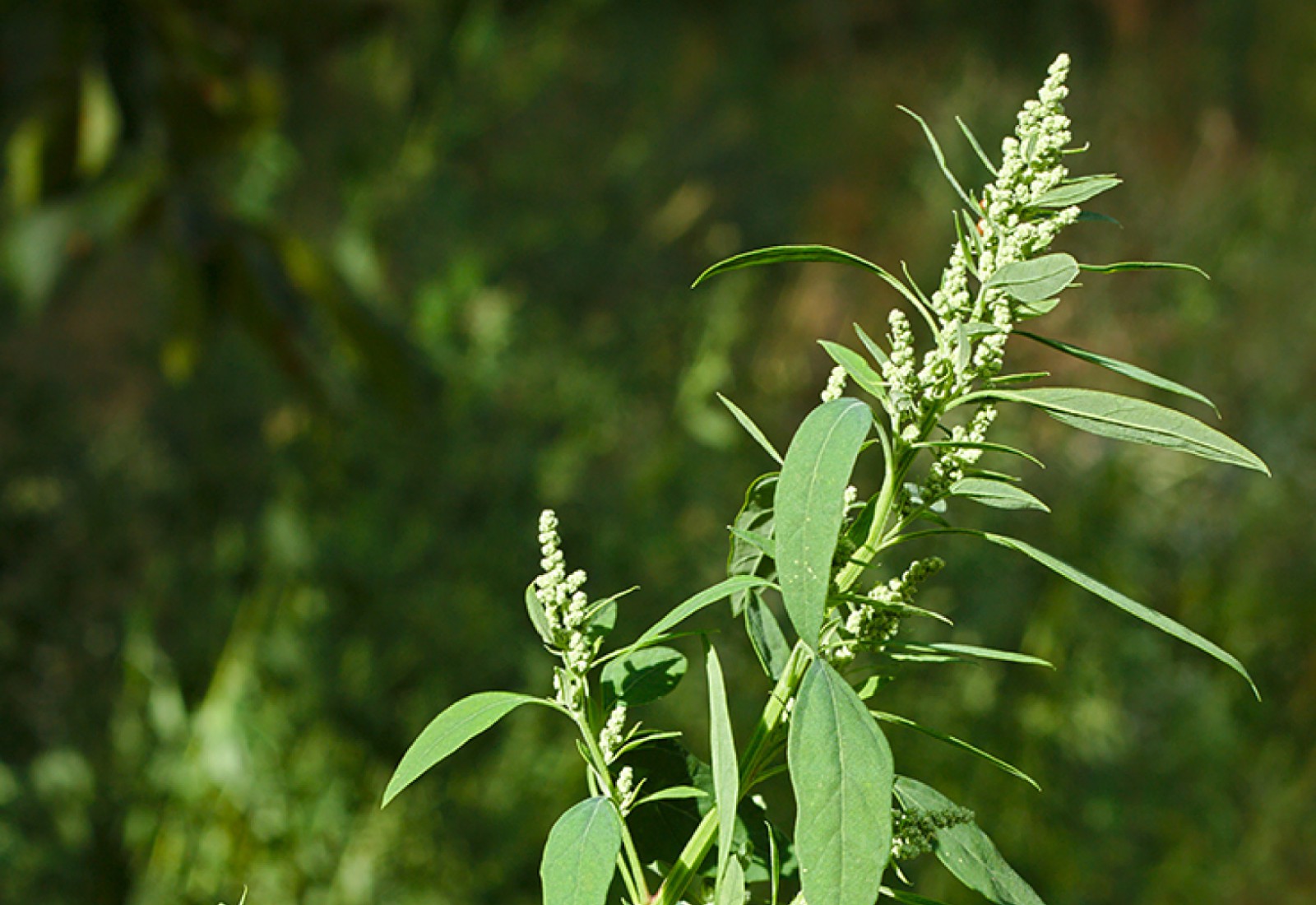Extending Resistance in Soybeans

By John Dietz
For soybean growers in Canada, Ontario has the voice of experience. It already had 600,000 acres of soybeans in 1980, when it began keeping records. Arguably, it was 15 years ahead of Quebec and 25 to 30 years ahead of the Prairies.
Already, by 1980, weed resistance to a proven herbicide was an issue in Ontario and on the Prairies.
Mike Cowbrough, weed specialist for field crops with the Ontario Ministry of Agriculture, Food and Rural Affairs (OMAFRA), says lambsquarter already was resistant in 1980 to the popular triazine herbicide, Sencor.
Pursuit was the next good product to come along in the early 1990s. It was quickly adopted. Then came resistant cases of lambsquarter, pigweed, ragweed, and foxtail.
The great glyphosate burnoff option, with Roundup Ready® corn and soybeans, came along in Eastern Canada in 1995 or 1997.
“We had a good run there, maybe 12 years. Then in 2008 the first confirmed glyphosate-resistant species was identified in Ontario. That was ragweed,” Cowbrough says.
“Now, in 2017, there is the introduction of Roundup Ready 2 Xtend® soybeans that are resistant to glyphosate and to the active ingredient Dicamba, formerly known as Banvel.”
There’s a cycle or pattern to resistance, and reason to expect the pattern will continue – whether in Ontario or Manitoba.
And there’s a question implied – can we do better this time?
Looking back, you can see three distinct cycles where resistance has been selected, and a fourth probably starting with the adoption of Roundup Ready 2 Xtend® soybeans and glyphosate plus dicamba to control weeds.
Cowbrough says, “So, we have a new technology to address a problem, and we’re at that early stage again. The guessing game will be, how long will that system work.”
Non-chemical options
Herbicide-based weed control is popular for good reason, it’s cost effective and efficient.
“Until something else comes along that is equally efficient and effective, there will always be a struggle. The cycle of effectiveness will slow down or speed up, based on the type of chemistry. There will always be a struggle.”
Weed scientists in Ontario have looked for non-herbicide options, testing ideas. Long-term studies still are continuing. Three options have some potential, but the potential is limited, challenging, or both.
The options are changes that effect canopy closure, cover crops, or crop diversification.
“You can speed up the canopy closure with a higher seeding rate or a bushy-type soybean or a little nitrogen prior to planting, but the impact is pretty minor,” he says. “It only closes a few days faster at best, and it really isn’t effective for taking out weed competition.”
Cover cropping options begin with planting right after the cereal harvest in August or September, and spraying it out as the soybeans are planted in spring. It’s a long fallow period where weeds can germinate and set seed – unless they are managed.
“Cover crops could be utilized more and would have more impact (than earlier canopy closure),” he says. “Utilizing a cover crop to cover the ground, to stop the annuals from germinating or minimizing the setting seed of those that germinate – that’s a pretty valuable tool.”
The third option, diversifying the rotation, is a real curve ball, highly effective and unlikely to ever be popular due to the economics.
It hits the heart of the issue. Resistance develops from survivors; switching up the cropping cycle changes the equation, killing the survivors and their seed.
“If a species produces tens of millions of seeds, there’s a high probability that one of those is resistant to the herbicide. To stop any one individual weed species from building, throw it a curve ball every now and then,” he says.
“Try to grow crops that are not similar in nature to the life cycle of the weed – when they go into the ground, when they close canopy, when they get harvested. Throw in a winter cereal crop or a perennial forage,” he suggests.
Corn and soybeans are very similar in growth cycle. The curve ball idea requires a different growth cycle. It won’t prevent resistance from coming into a field, but it will set it back. The areas of Ontario with less impact from herbicide-resistant weeds tend to be those with forages and more crops in the rotation.
Manitoba is well-known for diversified cropping systems, historically.
If growers there make the economic decision to sustain that pattern, they have a chance of extending the life of the newest varieties in the toolbox – Roundup Ready 2 Xtend® soybeans.


